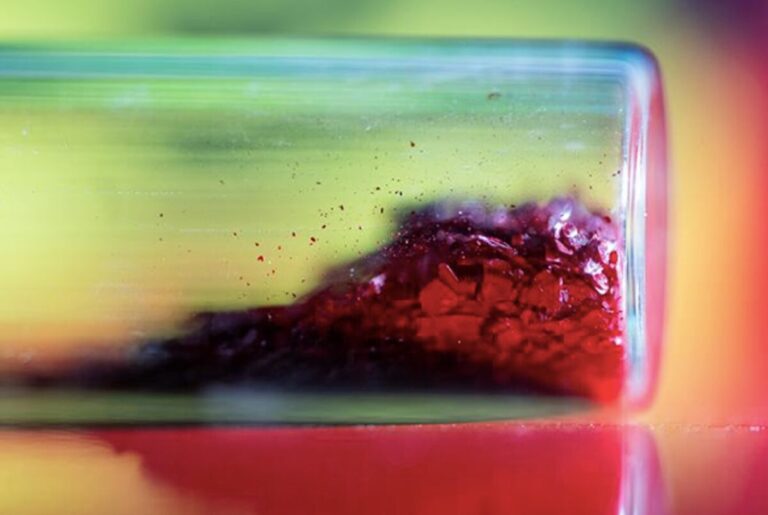US scientists have analyzed the impact of ‘seasoning’ a formamidinium-lead iodide solution with two-dimensional (2D) perovskites. They found that the template improved the efficiency and durability of their solar cells.
Scientists at Rice University in Houston, Texas, have improved the stability of pervoskite solar cells by dispersing 2D perovskites.
The scientists synthesized formamidinium lead iodide (FAPbI3) into ultra-stable, high-performance photovoltaic films for highly efficient perovskite solar cells. They hypothesized that using more stable 2D perovskites as templates could confer their stability to FAPbI3 during growth.
They fabricated four types of 2D perovskites to test the idea, two that closely matched the surface structure of FAPbI3 and two that matched less well, and used them to make different FAPbI3 film formulations. They found that the 2D crystal template improved both the efficiency and durability of FAPbI3 solar cells. Solar cells with 2D templates did not deteriorate after twenty days of generating electricity in the air, while solar cells without 2D crystals deteriorated significantly after two days.
“The addition of well-matched 2D crystals made it easier for FAPbI3 crystals to form, while poorly matched 2D crystals actually made them more difficult to form, validating our hypothesis,” says Isaac Metcalf, the lead author of the study. “FAPbI3 films with 2D crystals were of higher quality, showed less internal disorder and showed a stronger response to illumination, which translated into higher efficiency.”
The research team then found that adding an encapsulation layer to the 2D templated solar cells further improved stability up to time scales approaching commercial relevance. According to their research paper – “Two-dimensional perovskite templates for durable, efficient formamidinium perovskite solar cells”, recently published in Science – the fabricated cell had an energy conversion efficiency of 24.1% for an active area of 0.5 square centimeter and retained 97% of their efficiency for 1000 hours at 85 C under maximum power point tracking.
“Right now we think this is state-of-the-art in terms of stability,” said Rice University engineer Aditya Mohite. “Perovskite solar cells have the potential to revolutionize energy production, but achieving long-term stability has been a significant challenge. ”
The team said the findings could have an impact on light output, reduce production costs and enable the development of solar panels that are lighter and more flexible than silicon solar panels.
“Perovskites are soluble in solution, so you can take an ink from a perovskite precursor and spread it over a piece of glass, then heat it up and you have the absorbing layer for a solar cell,” Metcalf said. “Because you don’t need very high temperatures – perovskite films can be processed at temperatures below 150 C – this also means in theory that perovskite solar panels can be made on plastic or even flexible substrates, which could further reduce costs.”
This content is copyrighted and may not be reused. If you would like to collaborate with us and reuse some of our content, please contact: editors@pv-magazine.com.


